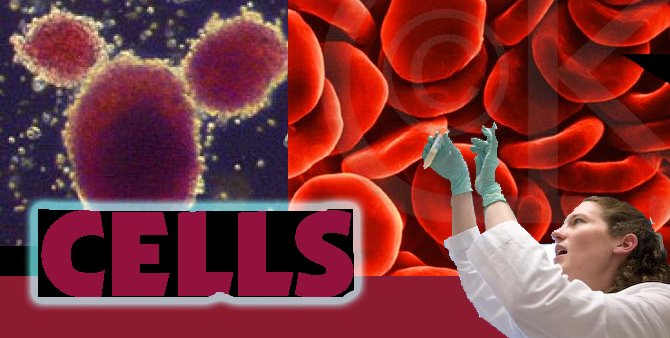"Microscopes" can largely be separated into three classes: optical theory microscopes (Light microscope), electron microscopes (e.g.,TEM), and scanning probe microscopes (SPM).
Optical theory microscopes are microscopes which function through the optical theory of lenses in order to magnify the image generated by the passage of a wave through the sample. The waves used are either electromagnetic (in optical microscopes) or electron beams (in electron microscopes). The types are the Compound Light, Stereo, and the electron microscope.
Optical microscopes
Optical microscopes, through their use of visible wavelengths of light, are the simplest and hence most widely used type of microscope.
Optical microscopes typically use refractive lenses of glass and occasionally of plastic or quartz, to focus light into the eye or another light detector. Mirror-based optical microscopes operate in the same manner. Typical magnification of a light microscope, assuming visible range light, is up to 1500x with a theoretical resolution limit of around 0.2 micrometres or 200 nanometers. Specialized techniques (e.g., scanning confocal microscopy) may exceed this magnification but the resolution is diffraction limited. Using shorter wavelengths of light, such as the ultraviolet, is one way to improve the spatial resolution of the microscope as are techniques such as Near-field scanning optical microscope.

Various wavelengths of light, including those beyond the visible range, are sometimes used for special purposes. Ultraviolet light is used to enable the resolution of smaller features as well as to image samples that are transparent to the eye. Near infrared light is used to image circuitry embedded in bonded silicon devices as silicon is transparent in this region. Many wavelengths of light, ranging from the ultraviolet to the visible are used to excite fluorescence emission from objects for viewing by eye or with sensitive cameras.
- phase contrast microscope:Phase contrast microscopy is an optical microscopy illumination technique in which small phase shifts in the light passing through a transparent specimen are converted into amplitude or contrast changes in the image.
A phase contrast microscope does not require staining to view the slide. This microscope made it possible to study the cell cycle.
Electron Microscope
Three major variants of electron microscopes exist:
- Scanning electron microscope (SEM): looks at the surface of bulk objects by scanning the surface with a fine electron beam and measuring reflection. May also be used for spectroscopy.
- Transmission electron microscope (TEM): passes electrons completely through the sample, analogous to basic optical microscopy. This requires careful sample preparation, since electrons are scattered so strongly by most materials.This is a scientific device that allows people to see objects that could normally not be seen by the naked or unaided eye.
- Scanning Tunneling Microscope (STM): is a powerful technique for viewing surfaces at the atomic level.
The SEM, TEM, STM are include in the scanning probe microsocpy.


No comments:
Post a Comment